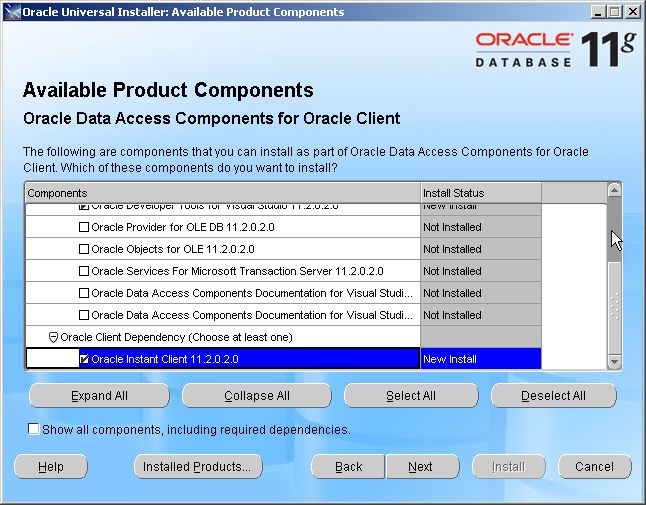Validating a ConnectionConfigurationMap.ccm file : ccmReader
When setting up a G/Technology environment, one of the boring things always is getting your ConnectionConfigurationMap.ccm right. One way to see what ddc-file is causing you trouble…
G/Technology & Microsoft security patch July 2012
Installing Microsoft Security Patches for july 2012 on a machine where G/Technology Netviewer server is installed may lead to problems. This has been confirmed by Intergraph at…

Debugging Oracle PL/SQL from Visual Studio
I use TOAD for my day-to-day Oracle development, but I find it’s debugging experience very poor compared to Visual Studio. Using ODP.Net version 11 you can use…